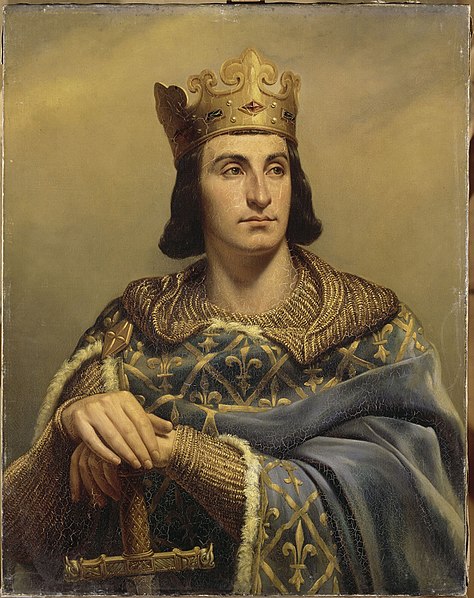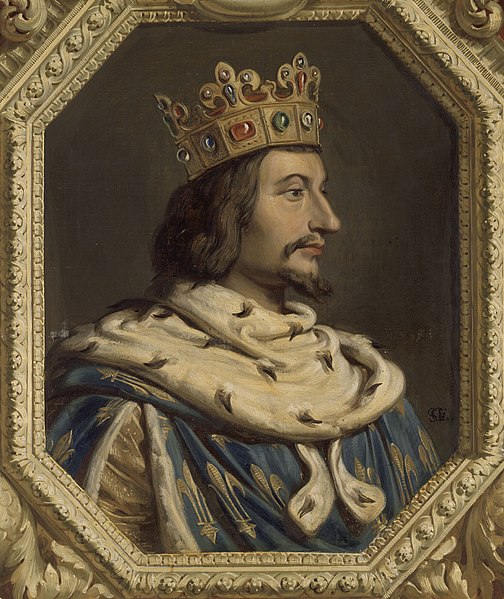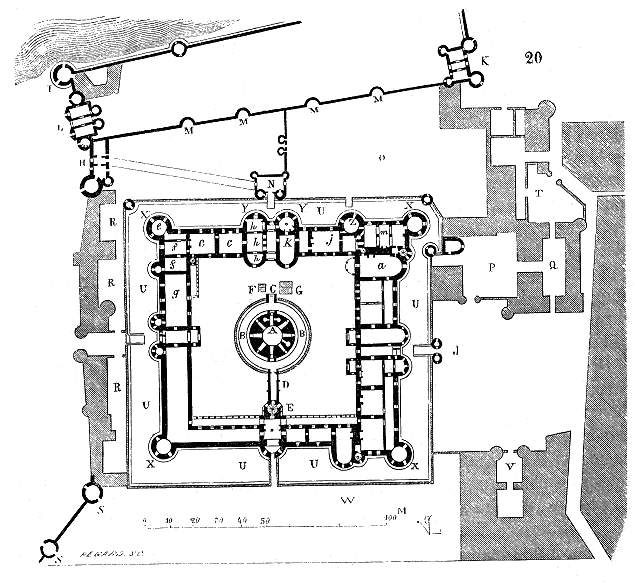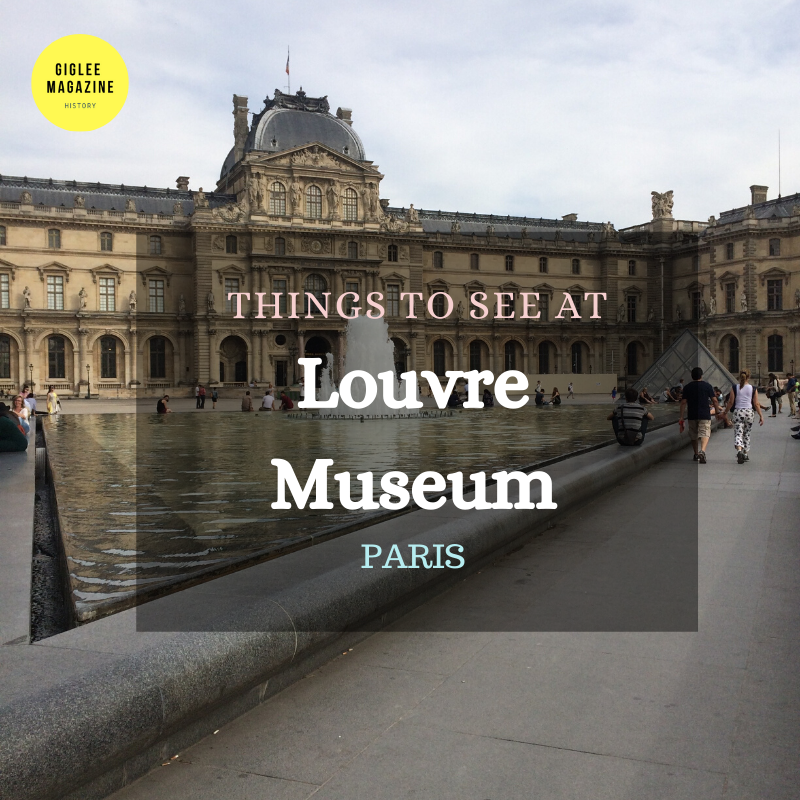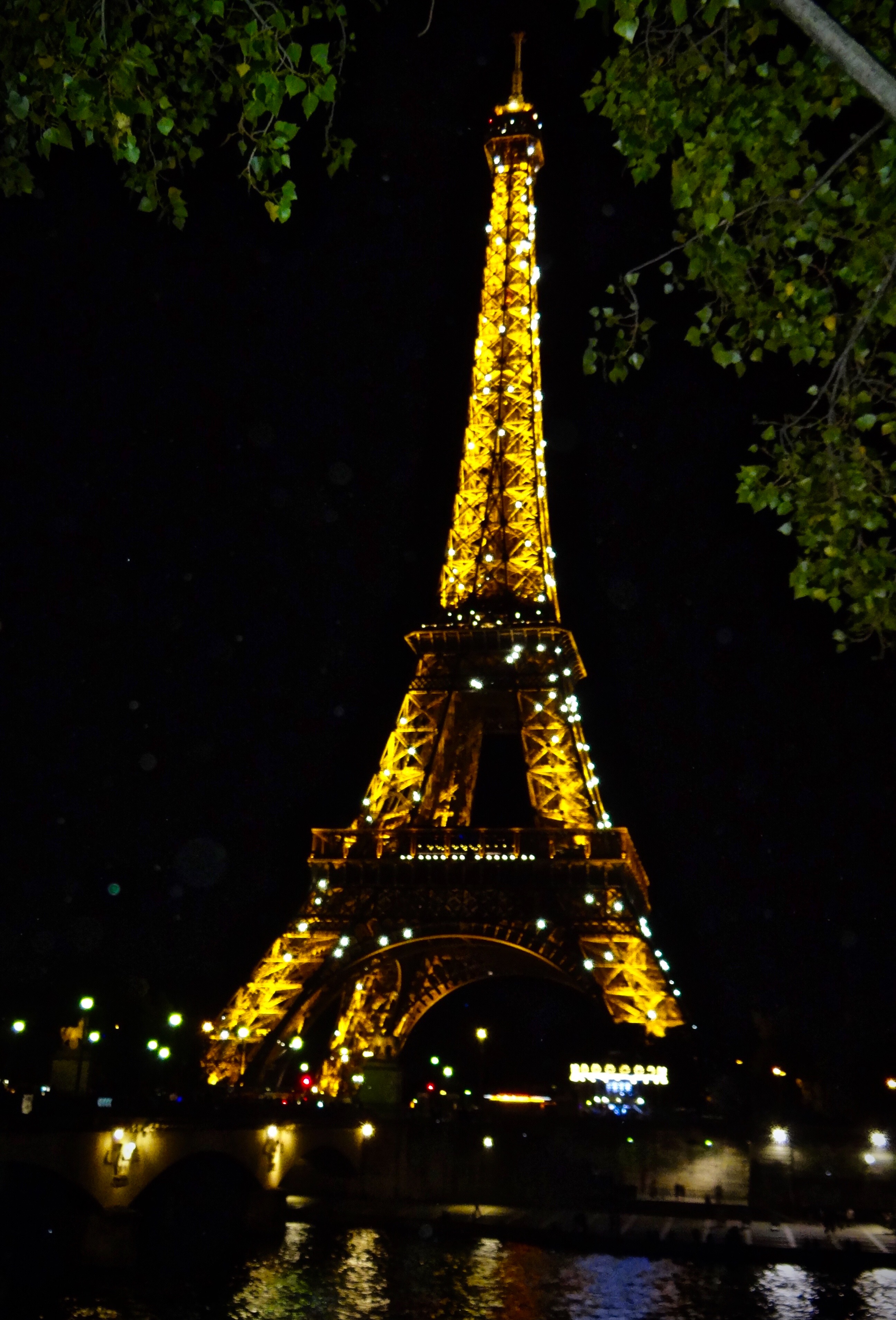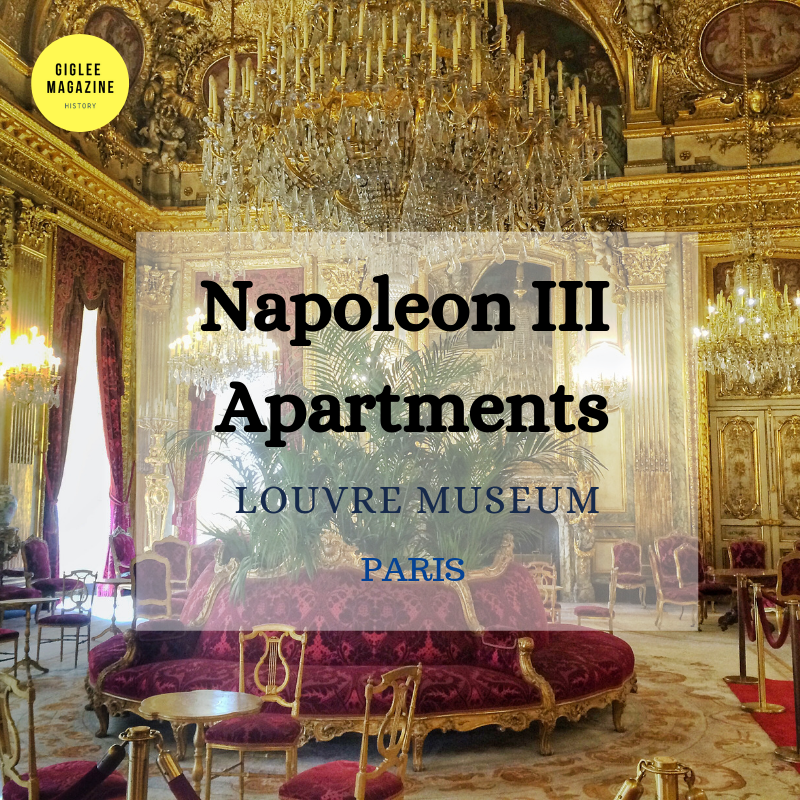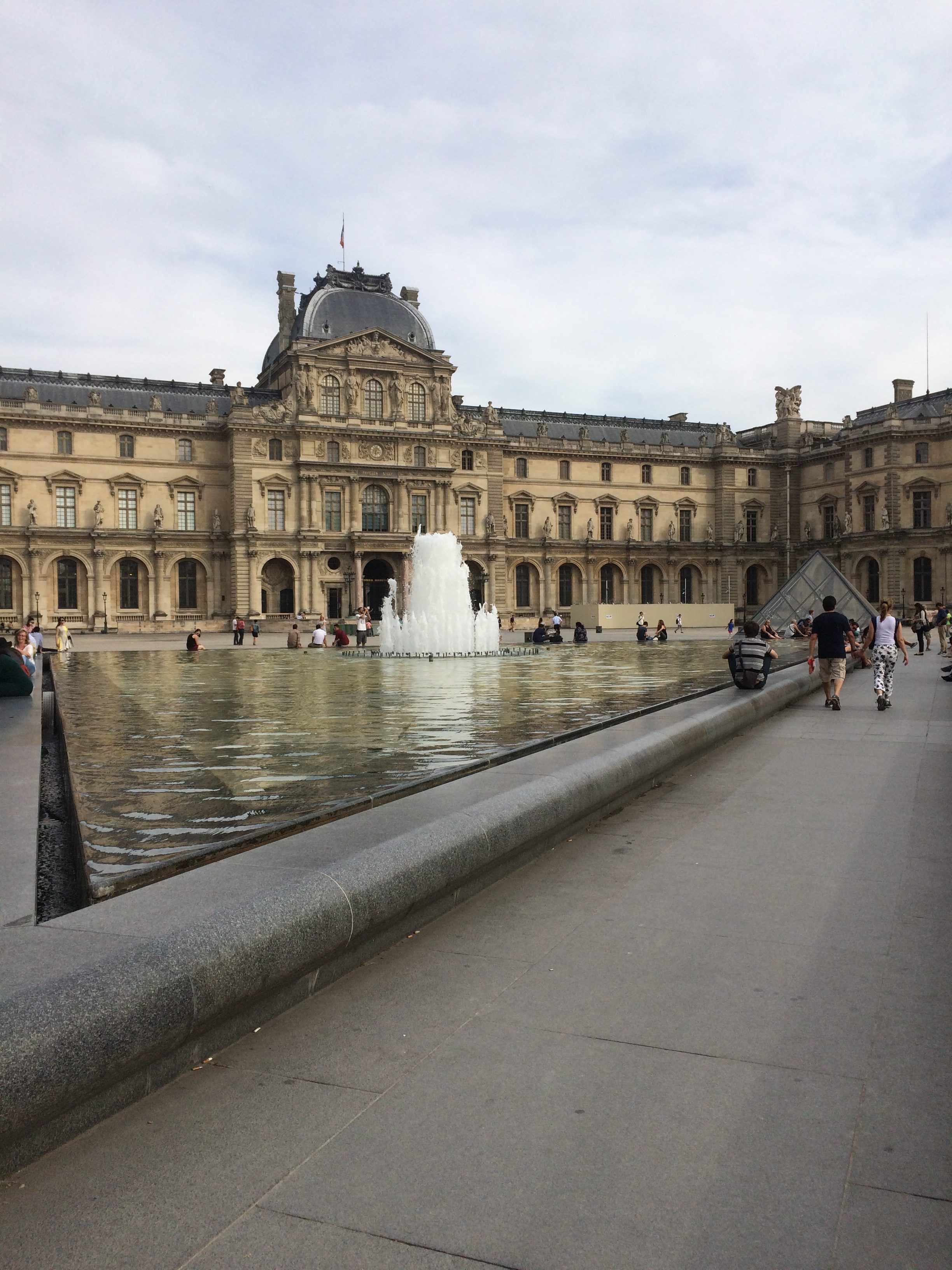
History of the Louvre Palace: Part 1
The Lost Days of the Biggest Museum in the World: Musee du Louvre
Let us explore the History of the Louvre Palace
I shall be writing this article in a couple of parts. Louvre Palace has got a rather long and complicated history and all of it is fascinating. So I thought it will be better to break this article into a few parts. This is the First one:) Explore how the Louvre Palace was not a Palace.
What does the world’s biggest museum look like?
That was a question I never asked myself when I studied French and the country this language came from: France.
The glass pyramid which is a mascot for Musee du Louvre, made me assume that this was indeed a new building. A building having a lot of space to store historical artefacts.
A couple of years later, when I visited Paris, Louvre was of course included in our itinerary.
As we travelled alongside the Seine River, I was looking out for a modern glass pyramid and I found none.
Our tour guide pointed out to the left and said, “that’s the Louvre.” And I still didn’t see the modern building I was looking out for. There was not glass pyramid but in its place was an old Palace which seemed to stretch on forever!
It was so fascinating to know that the biggest museum in the world was in a Royal Palace.
I don’t know about you: but I love museums especially those which are in a old architectural building preferably a palace. It gives the museum a nice aesthetic, don’t you think? I was ecstatic to know that the Louvre Pyramid was indeed a part of a very large estate right in the middle of a bustling city.
A palace such as this one, isn’t just about admiring the display cases but also the details of the architecture.
The Louvre Museum has a very long history directly connected to the French Monarchs. It is fascinating to see how this area turned into a fortress and then a Palace where every Monarch left his or her indelible mark.
Let us explore the royal history of the Louvre Palace
Not so Famous Beginnings
Till the 1980s not many people knew about the secrets that were hidden underneath the Louvre Palace. In a large scale excavation and research carried out in the 1980s, shed light into what we know of Louvre Palace and its past.
Archeologists found some flint stones dating from 8000-6550 BC. However they concluded these stones to be misleading due to the probability that they had been washed up by the river.
What they know for certain is that people began to make their way here around 4500 BC with ceramics and silo pits.
Thousands of years later, Philippe Auguste wanted to build a fortress to protect the city of Paris from its weak unguarded spots. He decided to build this fortress just outside the city walls. He then peacefully went off to fight in the crusades (or as peacefully as one can go for war).
And thus in 1190, the story of the Louvre Fort began.
Architecture of the Old Fort
Philippe Auguste’s engineers knew the requirements and thus designed a heavily guarded fortress for the 12th century. There was a moat around the castle. The walls of the castle had four circular towers at each end. Finally there was another moat inside which surrounded the main tower.
This simplistic structure still survives in France at the Château de Dourdan in Ile-de-France.
Picture Curtesy: Lionel Allorge via Wikipedia Commons
What Philippe Auguste had built was a garrison with the only purpose of protecting Paris’ borders. The ‘Grosse Tour,’ a cylindrical keep tower was used to imprison some important people and also acted as a Royal storehouse.
Outgrowing the Old Louvre
The city of Paris was growing. Settlement began to crop up around the Louvre Fort.
Soon the function of protecting Paris’ borders didn’t apply to this Fort anymore. It was now a part of the city and no longer needed to stand guard at its weak borders.
Luckily for us, the foundations of this old fort were uncovered in the 1980 excavation and is open for tourists to see. The exhibit takes you underground so that you can see the different foundations and the techniques they must have used to built the fort.
It is safe to say, that the Louvre Fort is nothing close to the magnificent specimen of French architecture we admire today.
So when Charles V (reign 1364–80) became King, he was unimpressed. He decided to renovate this castle.
Picture Curtesy: Wikipedia Commons
He took up an enclosure 300 metres west of this old fort and commissioned Raymond du Temple to be the architect.
The Louvre Fort was dramatically changed.
The thick undulating castle walls, were drilled to include openings to create windows.
The last floor was given a higher ceiling and a much more grand roof. He put his mark on the architecture by placing his and his wife’s statue at the entrance along with the Royal Family’s statues on the grand staircase.
This staircase would lead into the Royal Apartments.
The best of them all, Philippe Auguste also had a vast collection of 1000 manuscripts. These rare manuscripts had a lot of value to them, for example like the iPhone X we carry around today.
——————————-
If you are enjoying ‘History of the Louvre Palace’
You might also like to explore the Napoleon III Apartments inside the Louvre Museum
——————————-
After Charles V
When Charles V died and Charles VI came on the throne this vast manuscript collection was put to good use.
The members of the Royal family could translate, borrow and copy these literary works.
When France slipped into the Hundred Years War, these manuscripts were scattered and lost to time. The Louvre fell into disrepair.
During these wars, the French Kings would stay in the Loire Valley. Paris was left on its own.
When Francois I (1515–47) retuned back from Spain after the war, he decided to regain the control of this kingdom from Paris. He set his sights on the Louvre Castle.
However the Louvre Castle was in no shape to take on the future. It had old outdated security and architecture. And this basic castle was certainly not fit for a King.
It was the Renaissance time too and they probably thought the Louvre Palace looked ugly.
Ultimately from 1528 and 1660, the strong walls of the Louvre Castle crumbled. They couldn’t work with this old 12th century fort anymore. The old castle had to go.
At the end of 1660, there was no trace of this castle left for anyone to see except maybe the fallen walls. They had obliterated the historic Louvre Fort to the ground.
Centuries of history and of monarchs lost in the name of a new future for France.
What would happen of the Louvre Castle now?
What are your thoughts? Comment them below
I shall answer that question in my next article, coming up next Friday.
Till then please do share ‘History of the Louvre Palace’ with your friends. You could also join in the fun on Facebook (GiGlee Magazine) and on Instagram @giglee_magazine.
NOTE: The Bibliography for this post is missing. Please help us credit the sources that deserve it. If you believe your work, or a work you know of needs to be cited here, please write to editor@giglee.in to inform us. DISCLAIMER: The intention of this article is not to hurt anyone's sentiments. The thoughts expressed in the article are purely those stated by the author of the work. The information provided on this website may not be complete, reliable, accurate and/or updated. The details you share with the website will not be shared or sold. We are not liable if in case of theft, your data is stolen. The content on this website is provided without any warranties whether express or implied. If you have a doubt, query or complaint please write to editor@giglee.in and we shall respond as soon as possible.





